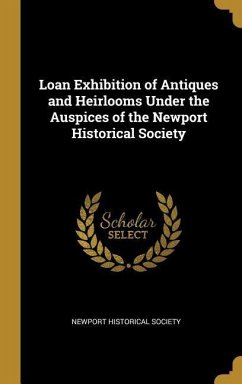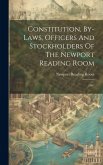High Quality Content by WIKIPEDIA articles! The title Earl of Newport, in the Isle of Wight, was created in the Peerage of England in 1628 for Mountjoy Blount, created Baron Mountjoy, an illegitimate son of the first Earl of Devonshire. The first Earl's three surviving sons were "all idiots", and some confusion exists as to their names and dates of death. Parish registers indicate that the second Earl, named either George or Mountjoy, died at Newport House in London, and was buried at St Martin-in-the-Fields in March 1675; his brother Thomas, the third Earl, was buried at Weyhill in May 1675; and their youngest brother Henry was buried at Great Harrowden (home of his brother-in-law, Nicholas Knollys) in September 1679. Upon his death, all of his father's titles became extinct. The Earls held the subsidiary titles Baron Mountjoy, of Mountjoy Fort in the County of Tyrone (1618), in the Peerage of Ireland, and Baron Mountjoy, of Thurveston in the County of Derby (1627), in the Peerage of England. The latter title was originally created with precedence ahead of those barons created between 20 May and 5 June 1627. This precedence was later revoked by the House of Lords.
Bitte wählen Sie Ihr Anliegen aus.
Rechnungen
Retourenschein anfordern
Bestellstatus
Storno








